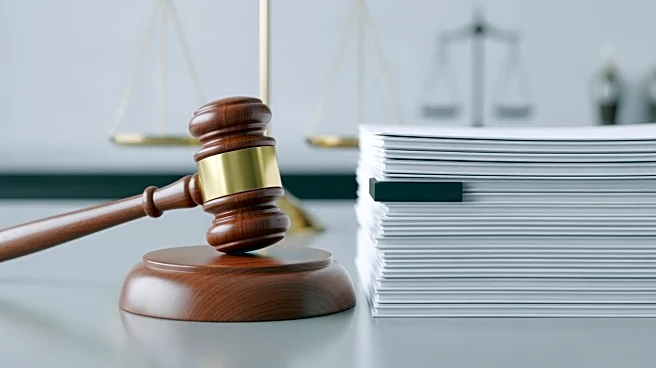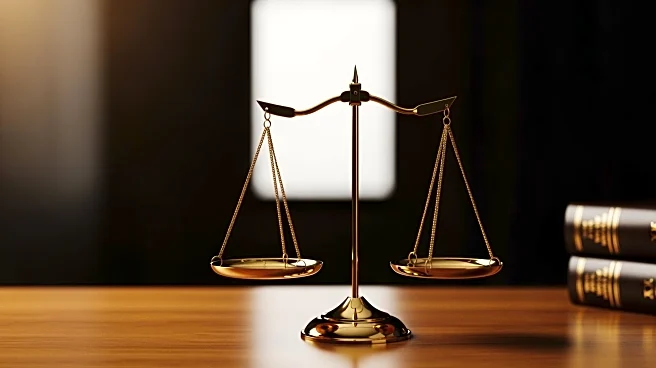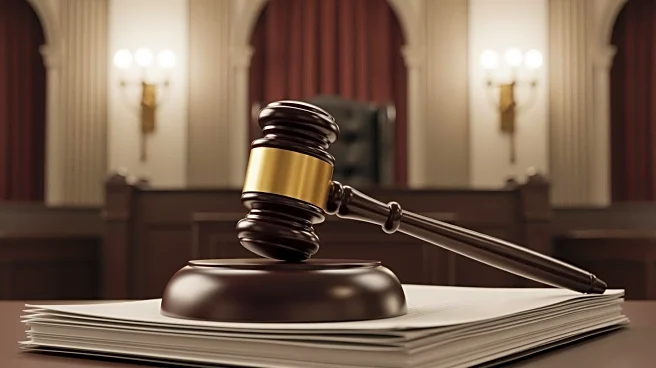What's Happening?
Courts across the United States are being encouraged to adopt a practice where litigants submit proposed orders when filing motions. This suggestion comes as a response to the increasing burden on courts,
which often face busy dockets and limited resources. The practice aims to reduce errors and streamline the judicial process by providing judges with a clear framework for the relief requested in motions. Proposed orders allow judges to make necessary edits before signing, ensuring that the final order accurately reflects the court's decision. This approach is already in use in some jurisdictions, where litigants are required to upload proposed orders in a format that allows for easy modification by judges.
Why It's Important?
The implementation of proposed orders could significantly impact the efficiency of the judicial system. By reducing the time judges spend drafting orders, courts can allocate resources more effectively, potentially leading to faster resolution of cases. This practice could also minimize errors and ambiguities in court orders, reducing the need for follow-up actions by litigants and court staff. However, there is a concern that proposed orders might favor the party submitting them, necessitating careful review by judges to ensure fairness. Overall, this practice could lead to a more streamlined and efficient judicial process, benefiting both the courts and litigants.












